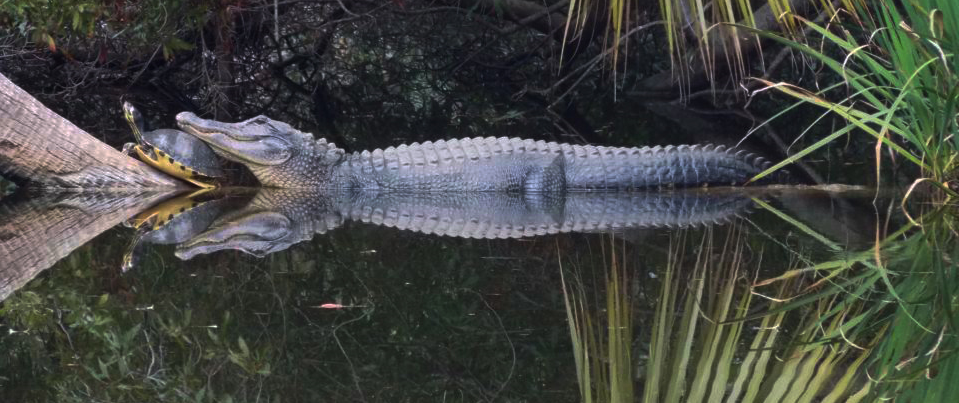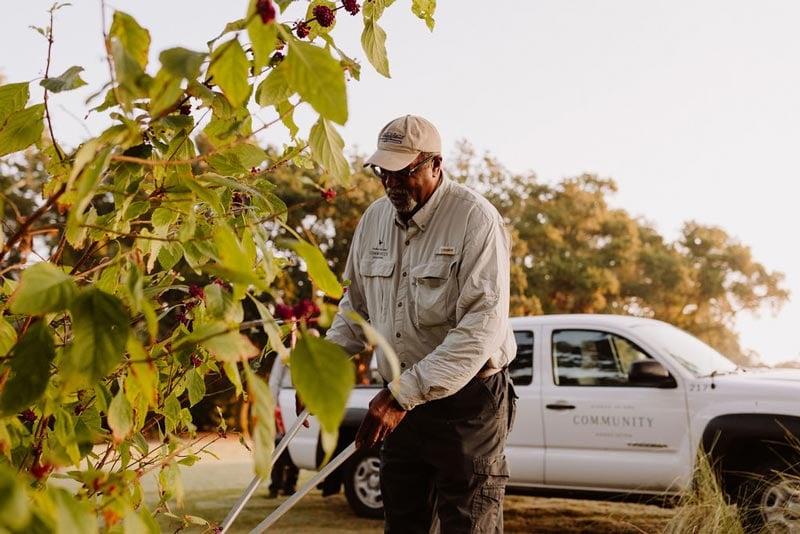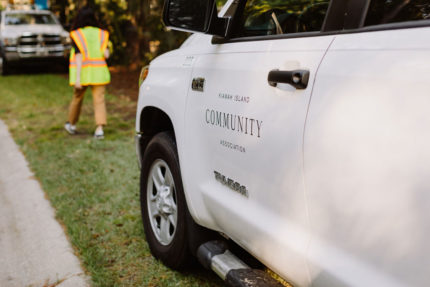Apr
20
2016

From The Blog
Tips and Information About Alligator Safety on Kiawah Island
Alligators are a common sight on Kiawah Island and can be found in just about every pond on the island. Almost everyone who lives, works or visits our island has seen these animals. Now that spring is here, alligators have become much more active and visible and have resumed feeding after the cold winter months. While alligators can appear lethargic and docile, they are capable of great speed, power and agility, especially when pursuing prey.
In early April, an alligator on the western end of the island caught and killed a dog that had escaped from a nearby home. This unfortunate incident is a staunch reminder that alligators are potentially dangerous animals and should always be treated with respect. It is also a reminder to keep pets on a leash at all times on the island (as required by Town Ordinance) and to keep them away from ponds and pond edges.
In light of the recent incident, we ask that all island residents and visitors review and adhere to the following safety rules for alligators listed below. We have also included a short FAQ with answers to the most common questions regarding alligators on Kiawah Island.
Alligator Safety Rules
-Never approach an alligator. Maintain a distance of 60 feet from alligators unless on an elevated dock or boardwalk.
-Do not feed alligators.
-Do not poke, prod, throw things at or otherwise harass alligators.
-Do not throw fish scraps or bait into ponds when fishing or crabbing.
-Keep children and pets out of ponds and away from pond edges.
-Do not approach alligator nests or hatchlings. Female alligators are very vigilant and protective of their young.
-Do not retrieve golf balls that land in ponds or near an alligator; take a drop.
-Do not attempt to pick up or handle an alligator for any reason.
Frequently Asked Questions
How common are dog/alligator incidents on Kiawah Island?
Uncommon. Over the last 20 years, Kiawah has averaged about one incident every three years. Most incidents have occurred when dogs accidentally, or unknowingly, escaped from their owners and entered ponds or approached a pond edge.
How common are human/alligator incidents on Kiawah Island?
Alligators do not view people as prey and incidents are extremely rare. There have been two minor incidents on Kiawah Island in the last 40 years. Both of these incidents could have been easily avoided if safety rules had been followed. Statewide, there have been a number of documented incidents, but never a fatality.
How many alligators live on Kiawah Island?
Approximately 600 – 700 alligators live on Kiawah. Kiawah’s alligator population is allowed to fluctuate naturally and has remained stable over the last 10 years. It is safe to assume that there is at least one alligator, usually more, in every water body on the island.
What is a nuisance alligator?
A nuisance alligator is an individual alligator that has become a significant public safety risk. This typically occurs when an alligator has been fed and has lost its inherent fear of people. All reports of nuisance alligators are evaluated by island biologists. If the alligator meets the nuisance alligator criteria, it is captured and killed using “nuisance” tags issued by SCDNR. There is no other harvest or removal of alligators on Kiawah Island.
If an alligator approaches me while fishing or crabbing what should I do?
Use caution and remove your lines from the water. If an alligator is hooked on your line, cut the line immediately. Report the incident to the Town of Kiawah Island (843-768-9166) during normal business hours or to KICA Security (843-768-5566) at all other times.
Why are alligators important to Kiawah Island?
Alligators have been on earth for almost 100 million years and are a vital part of the delicate Kiawah Island ecosystem. Young alligators provide food for many species of birds and mammals, larger alligators help control populations of prey species, and abandoned “gator holes” or wallows provide critical freshwater habitat for countless species of animals. Their presence is an indicator of the health of the island’s lakes and ponds and the island itself.

